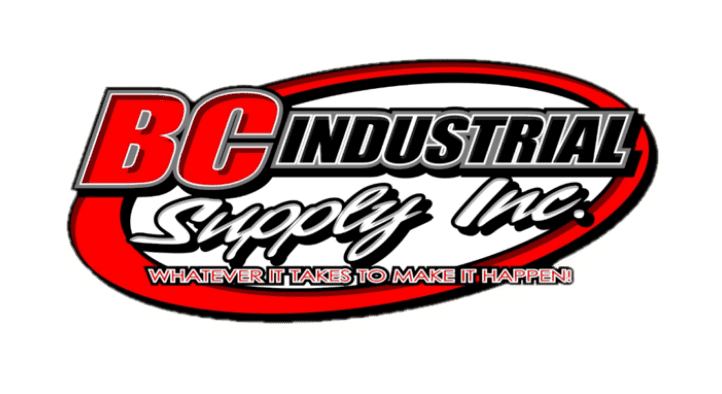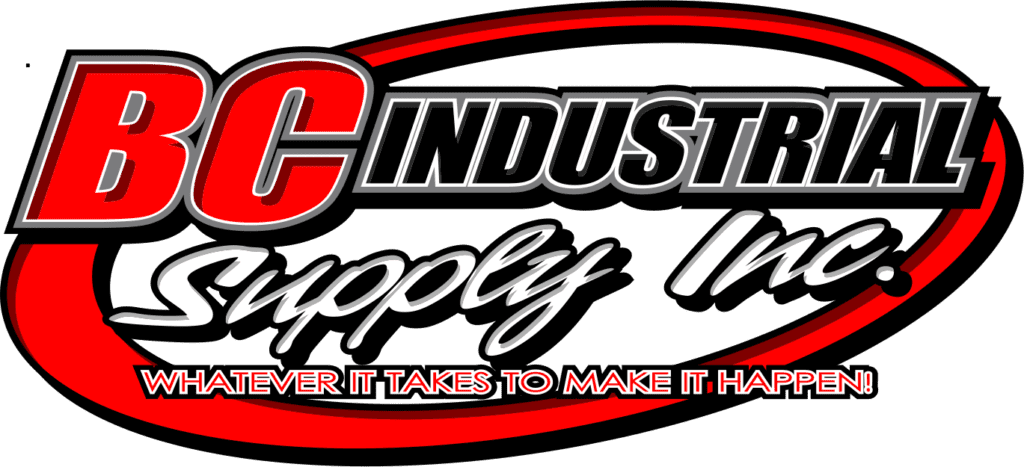Reliable tools are the foundation of any efficient industrial operation. Whether it’s a busy fabrication shop, a warehouse, or a field service crew, the performance and safety of equipment directly impact productivity, job quality, and worker wellbeing. Regular tool maintenance often takes a backseat to urgent deadlines or daily demands, but ignoring it leads to serious consequences—ranging from costly repairs to extended downtime and even worker injury.
At BC Industrial Supply, we not only provide industrial-grade tools, but also offer professional tool repair services and equipment rentals to help businesses reduce unplanned downtime. But even with backup options available, every operation benefits from consistent, preventive maintenance of its tools.
Table of Contents
Extending the Lifespan of Equipment
Every tool has a rated service life, but how long it truly lasts depends heavily on how it’s maintained. Lucky land slots real money giver spillere mulighed for at engagere sig i dynamisk, profitabel online spillemaskineoplevelse, hvor hver runde potentielt kan føre til betydelige udbetalinger makanfinder.com/udenlandske-casinoer-uden-dansk-licens/ Ved at deltage kan spillere optimere chancerne for gevinst. Industrial tools operate in harsh environments—dust, moisture, vibration, and high loads are common conditions. Over time, these factors contribute to wear, corrosion, and internal damage. With regular upkeep, you can keep tools functioning like new far beyond their expected service life.
Lubrication, cleaning, calibration, and inspection schedules catch minor issues early. Bearings stay smooth, motors run cool, and blades stay sharp. Without this attention, equipment deteriorates quickly. Tools that cost thousands to replace can stay in service for years longer just through routine maintenance.
Improving Workplace Safety
Tools that aren’t properly maintained are a serious safety risk. A frayed cord on a grinder, a faulty pressure valve, or a worn-out blade can lead to severe injuries. In industrial settings where power tools, compressed air, and heavy machinery are used daily, there is no margin for error.
Regular inspections and servicing ensure that safety features like guards, kill switches, or torque limiters remain functional. It also helps verify that tools are operating within safe tolerances. The last thing a technician needs is a torque wrench failing mid-task or an overheated motor catching fire in a production area.
Preventive maintenance doesn’t just protect the tool; it protects the person using it.
Maximizing Operational Efficiency
Downtime is expensive. When a key tool fails, it disrupts workflows, delays production, and throws off delivery schedules. In fast-paced industrial environments, one malfunctioning tool can impact an entire crew. Technicians might be forced to improvise with subpar replacements or pause operations entirely until a fix is found.
Regular maintenance reduces unexpected failures. A tool that receives consistent care operates at peak efficiency—no power loss, no hesitation, no stalling. This directly improves the speed and quality of work. Crews work faster, with fewer mistakes, and jobs are completed on time.
In industries where contracts include performance metrics or penalties for missed deadlines, maintaining tool reliability is not optional—it’s essential.
Reducing Repair Costs and Downtime
It costs far more to fix a major breakdown than to prevent one. Small issues—like a cracked housing, a slow leak, or a worn belt—can usually be corrected with minor parts and minimal labor. But if left unchecked, those problems escalate. A leaky hydraulic line becomes a full-blown pump failure. A cracked gear housing can ruin an entire transmission assembly.
Routine maintenance schedules catch these problems early. Service records help track wear patterns, identify high-risk tools, and plan for parts replacement before failures occur. Instead of reacting to a tool failure in the middle of a critical job, you plan ahead—scheduling service during off-hours or switching to rental units temporarily.
When downtime is planned, it’s manageable. When it’s a surprise, it’s expensive.

Supporting Compliance and Standards
Many industrial sectors are governed by strict safety and quality regulations. OSHA, ISO, and other governing bodies require proper tool inspection and maintenance records as part of routine compliance. Companies that ignore these standards risk more than fines—they face insurance issues, legal consequences, and damage to their reputation.
Maintaining a documented maintenance program ensures compliance and makes audits easier. Tools with calibrated settings—like torque wrenches, testing equipment, or diagnostic gear—must be checked regularly for accuracy. Maintenance records also help in warranty claims, internal investigations, or client reports.
In regulated industries, preventive maintenance isn’t just good practice—it’s a legal requirement.
Supporting Workforce Confidence and Morale
A well-maintained tool isn’t just safer—it’s easier to use, more predictable, and more productive. Skilled workers notice when their tools perform well, and they take pride in quality work. When equipment constantly breaks down, it frustrates crews, disrupts routines, and contributes to poor morale.
Technicians who trust their gear spend less time troubleshooting and more time focused on results. They also feel supported by management when the company invests in the tools they rely on. This leads to better performance, improved retention, and a stronger work culture.
Maintaining tools shows your team that their time, safety, and productivity are a priority.
Establishing a Maintenance Routine
Building a maintenance culture requires commitment, but it doesn’t have to be complicated. Start with the basics—cleaning tools after each use, storing them properly, and following manufacturer recommendations. Assign maintenance responsibilities to trained personnel or supervisors, and keep detailed service logs.
Create a schedule that includes:
- Daily or weekly inspections
- Monthly performance tests
- Scheduled lubrication, calibration, and part replacements
- Annual deep servicing or professional inspections
Digital maintenance software or spreadsheets can help organize these tasks and ensure no tool is overlooked. Keep commonly used spare parts on hand, and have a reliable service provider—like BC Industrial Supply—ready to assist with complex repairs.
Adapting Maintenance to Different Tool Types
Not all tools require the same maintenance. Pneumatic tools, for example, rely on clean, dry air and need regular oiling and filter checks. Power tools like drills and saws may need brush replacements, blade sharpening, and dust removal. Hydraulic tools demand careful fluid monitoring and seal inspections.
Each category of tool has its own risks and maintenance cycle. For example:
- Corded electric tools need wiring and switch checks
- Battery-operated tools benefit from battery health monitoring and contact cleaning
- Precision instruments must be stored in temperature-controlled environments to protect calibration
Tailoring your maintenance approach to the tool type improves outcomes and prevents over-servicing or under-servicing.
The Cost of Neglect
When maintenance is skipped, the consequences pile up fast. One tool failure can halt production, delay deliveries, or cause injuries. Clearwater Casino presenta un ambiente exclusivo para apostadores, donde los jugadores pueden experimentar la adrenalina de las apuestas y dominar el arte del master alotas, permitiendo decisiones estratégicas con cada jugada. The replacement costs for a single high-end torque tool or industrial-grade press can run into the thousands. But that’s only part of the loss.
There’s also the loss of customer trust, project momentum, and internal team confidence. Managers spend time resolving issues instead of advancing goals. Technicians lose valuable time adapting or waiting. In high-pressure environments, even short delays can ruin a client relationship.
Preventing all of this starts with one habit: regular, disciplined maintenance.
Building a Culture of Tool Care
Regular maintenance shouldn’t feel like a chore—it should be part of how your team operates. When everyone from the shop floor to the operations manager treats tools like vital assets, the results speak for themselves. Jobs get done faster. Breakdowns are rare. Technicians take ownership. Clients stay happy.
Encourage teams to report issues early, reward proactive maintenance habits, and provide the training and time needed to keep tools in top condition. When leadership values maintenance, the team will too.
Tool reliability is not luck—it’s built, maintained, and protected through effort and planning. A strong maintenance program is one of the simplest ways to increase safety, extend equipment life, and improve overall job performance in any industrial setting.

